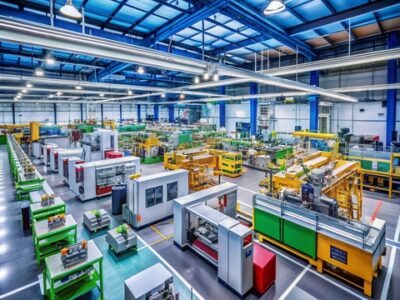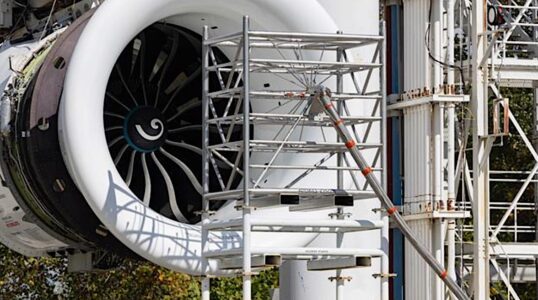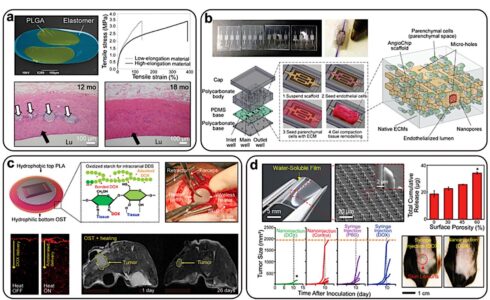The “billions of dollars in cost-cutting” at GM angered employees and dependent auto parts industries, at the same time investors and the stock market celebrated. This restructuring, unlike previous ones, is about actively preparing for the future, rather than reacting to a downturn. For employees and unions, this is a heartless move, especially with the poor optics of simultaneous drive to hire new employees elsewhere.
CEO Mary Barra tried to explain the strange juxtaposition of job cutting and recruitment: “We are going to continue to hire, because when we look at the skill sets that we need for the future, the vehicle has become much more software-oriented, when you think about the hundreds of millions of lines of code that are in a vehicle that operates today. That’s only going to increase.”
GM is gambling heavily on the growth of electric and autonomous vehicles. No experts have firmly forecast growth, especially in autonomous automobiles, given the uncertainties of legislative barriers and safety. They claim they will use the savings from the cuts to finance research, development and manufacturing in these areas. GM management is also gambling on the goodwill of employees and unions — both necessary for their future.
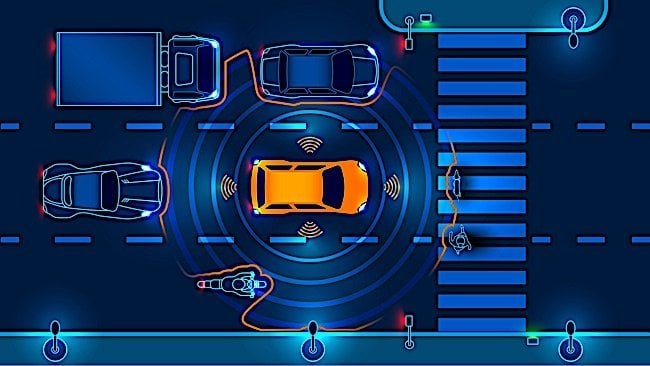
What happens if autonomous vehicles crash?
Although the technology is developing rapidly, and many large corporations are in play, autonomous vehicles remains unproven in terms of
- legislative rules — for example, does a licensed drive have to be in the driverless car?
- liability hurdles — who will crash claimants sue: the helpless passenger in the driverless car, or the company behind the AI autonomous technology?
- insurance — will insurance companies even take on the liabilities hurdle, and if so, do driverless passengers have to have insurance?
- safety — at the heart of all of the above issues.
So, what happens to GM if this nascent industry doesn’t take off as they anticipate? The same thing that would happen to Google or Uber or any of the other players — except GM seems to be betting “all in”, while the other companies are balancing their portfolios.

Bad news for Ontario
The move, as previously reported, is clearly bad news for Ontario’s manufacturing base, and Canadians generally. By simultaneously recruiting at the same time they are cutting, GM is indicating new skills are required.
The announced cut of 15 percent of the GM workforce, 54,000 salaried positions in North America alone isn’t the only bad news. Five North America plants will close — and not far in the future, as in some previous announcements, but in 2019. Although the Oshawa Assembly plant was not specifically named as closing, it seems inevitable.
The recent announcement was preceded by a voluntary buyout of 18,000 salaried employees, most with senior experience of 12 years or more.
Another casualty is the ongoing demise of sedans. This is the consumer choice, voting with their purchase power in a market showing little interest in sedans and smaller cars.
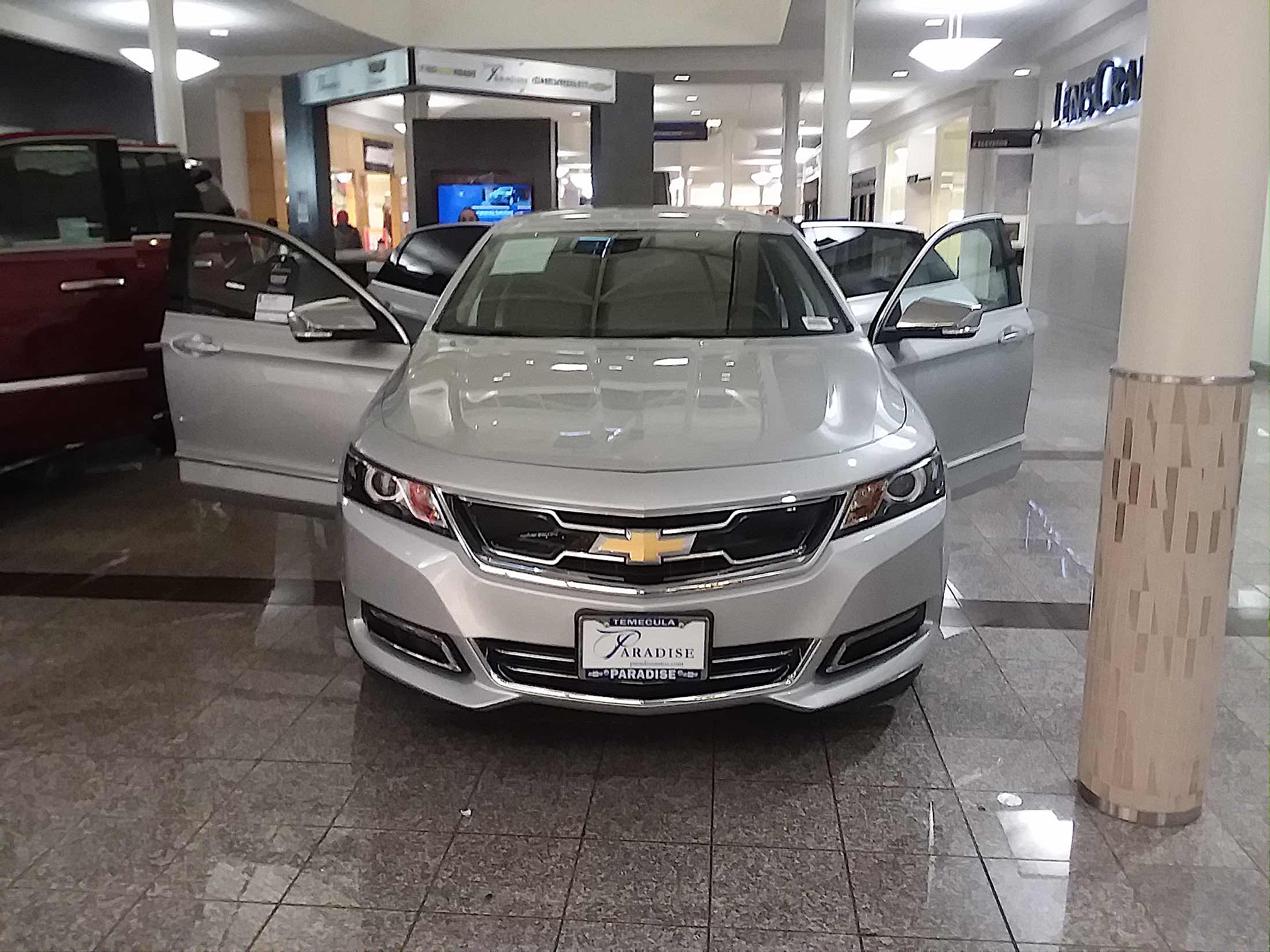
The five plants most likely affected
The five plans most likely to close are:
- Oshawa Assembly, which produces Chevrolet Impala, Cadillac XTS, Silverado and Sierra
- Detroit-Hamtramck Assembly, which produces Buick LaCrosse, Chevrolet Volt, Cadillac CT6, Chevrolet Impala
- Lordstown Assembly in Ohio, which produces Chevrolet Cruze
- Warren Transmission Operations in Michigan, which produces 6-speed transmissions
- Baltimore Operations in Maryland, which produce both 5-speed and 6-speed transmissions.
All of these were scheduled to stop production in 2019.

Safe for now: EV platform
The new EV platform from GM was scheduled to launch in a year. The new announcement basically suggests the savings will go to a stronger bottom line and as an investment in EV and autonomous.
“I think these actions demonstrate our continued focus on driving cost efficiencies and supporting the ongoing work to make General Motors more agile, resilient and profitable to position the company for long-term success,” Barra said.
Most analysts, however, are cautious, considering self-autonomous “a long-term play.” Today, the technology cannot be profitable and requires substantive research and development to launch mainstream. Not to mention legal lobbying for new laws, insurance issues and safety-liability unknowns.
Another risk for Barra and GM is union action. No plant can be closed without the unions — who will certainly push for plants to re-open with a new product.
In the U.S., full-scale plant closures could happen if the UAW refuses to negotiate. In Canada, Unifor is in a weaker position, with GM requiring only a year’s notice.

















